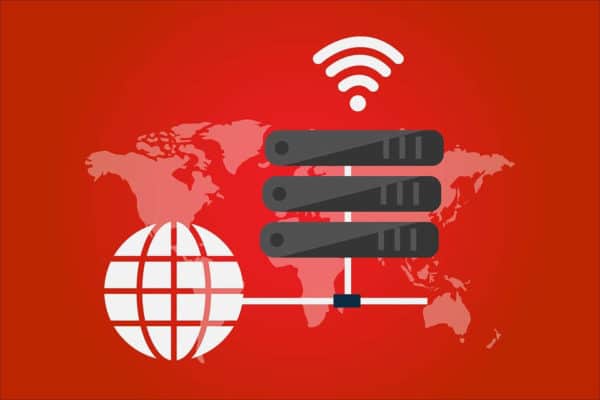At some point, your business may host a conference, or you may give an important presentation. You could also be hosting an event for your customers, or creating something for entertainment purposes. Whatever the case, live streaming this event could help you reach more people, or include people who weren’t able to make it in person. If you do this, you’ll likely have several competing goals, such as maximizing the quality of your video feeds, reaching a greater number of people, and most importantly, making sure your stream is secure.
So what’s the best way to go about this?
Use the Right Software
Your first job is selecting the right software, which will allow you to capture video securely and upload and/or stream it easily. For example, Intelligent Video Solutions’ Beam Software allows you to use almost any device to conveniently capture live video of your events, conferences, and other opportunities. Integrating with other platforms, you can establish other devices as fixed video endpoints, and relay your video feed securely. When shopping around for options, make sure you evaluate the quality of the software provider—as well as their commitment to your security.
Select the Right Distribution Network
If you’re broadcasting the stream to more than a few people, or if you’re trying to maximize the number of people viewing the stream, you’ll need to choose the best possible distribution network for the job. Some platforms are optimized for a specific type of streaming, like how Twitch specializes in gaming. Others are oriented for professional events, like Vimeo’s LiveStream platform. Each distribution platform is going to come with pros and cons, and will likely be optimized for a specific type of video streaming and/or a specific audience. Keep these points of relevance in mind when making your choice.
Invest in Good Hardware (and Keep It Secure)
Even with the right software and distribution platform, you’ll need to invest in good devices with which to record your video. Ideally, you’ll buy the best equipment you can afford; generally, the more expensive your video equipment is, the higher quality your output will be, but this isn’t always the case. In some cases, the extra costs are simply due to the notoriety of a brand, and in other cases, the costs are for extra features that you may not need.
In any case, make sure you keep your hardware secure and stable at all times during your live stream. If someone gains control over the device, either remotely or directly, they could seize control over your entire event.
Rely on a VPN

If you plan on streaming content regularly, it may be worth your while to invest in a virtual private network (VPN). A VPN is a service that grants you a secure connection from one point to another over the internet, which you can use to increase your security. Depending on the service you employ, you can use one to establish a secure network connection even when you’re streaming remotely. Do note that this isn’t a comprehensive or bulletproof means of digital security, however; even with a VPN, you’re going to face some security risks if you aren’t careful.
Ensure You Have a Reliable Internet Connection
Even if you’re capturing high-definition video and audio, there’s a chance your feeds could be distorted, or otherwise lose integrity because your internet connection simply isn’t fast enough to keep up. Internet problems like lag, slow speeds, and hiccups in service availability could compromise an otherwise high-quality stream. Before streaming your event, run a speed test on your internet connection, evaluate your service, and consider upgrading if your expectations aren’t met.
Other Best Practices
There are a few other best practices that can help you stream your event securely, without compromising the integrity of the video you capture:
- Use strong passwords and change them regularly. No matter which streaming platforms or services you use, you’ll want to choose strong passwords (with multiple types of characters and many characters total) and change them regularly. This is a basic security habit, but a vital one.
- Monitor traffic and interactions. Pay attention to the number of people watching your stream, and tune into any aberrations that deviate from your expectations, so you can root out any problems proactively.
- Train your employees to follow strong security protocols. Your employees are potential weak links here, so make sure they’re trained to follow strict security protocols.
Streaming events, meetings, and presentations might be stressful, but it’s an important way to increase your company’s reach (and possibly, its efficiency). As long as you can keep the quality of your video high and your event secure, you can rest assured that your content will reach exactly who you intend it to reach.
 Gearfuse Technology, Science, Culture & More
Gearfuse Technology, Science, Culture & More


